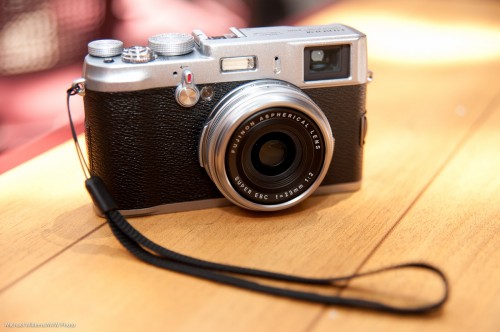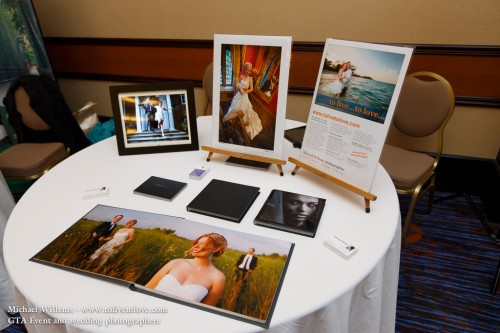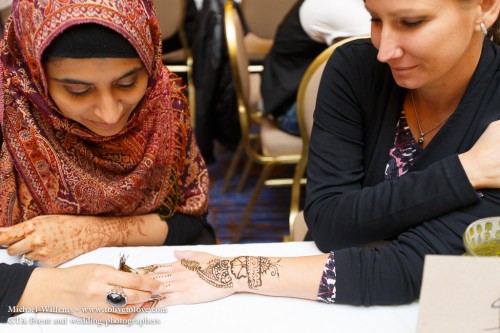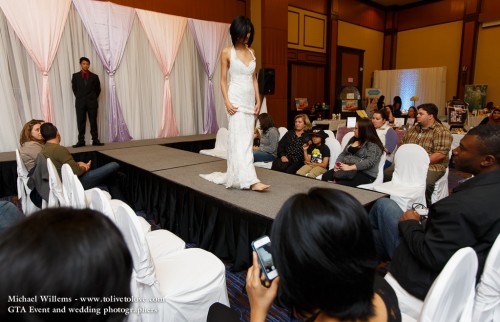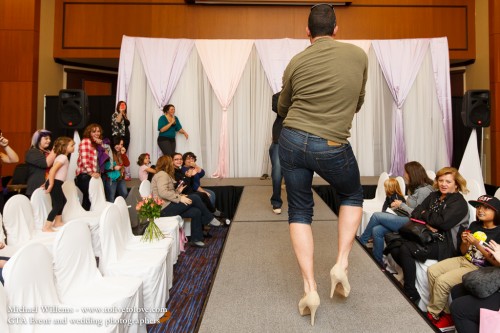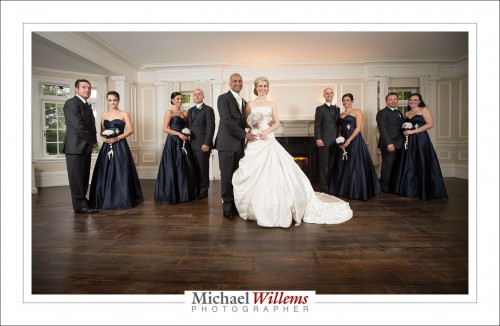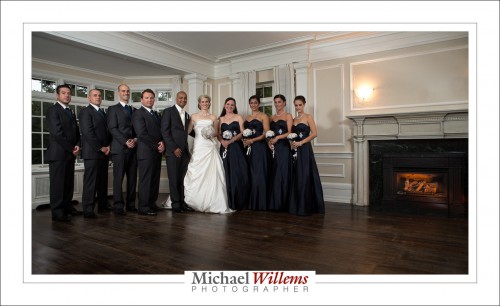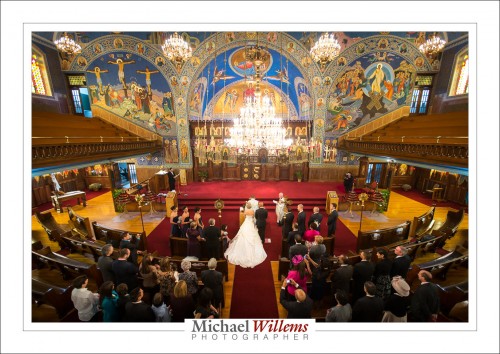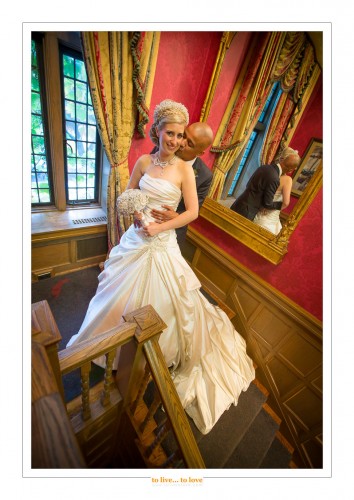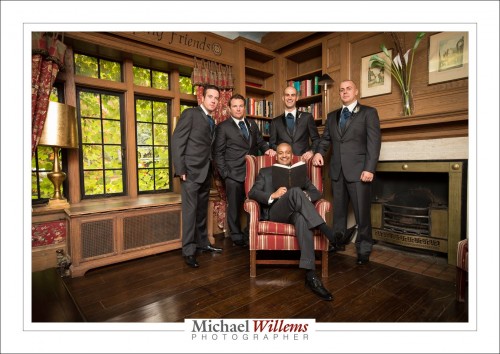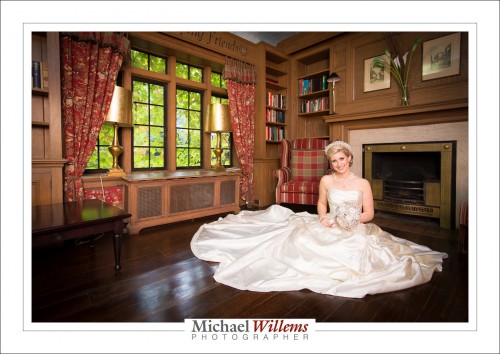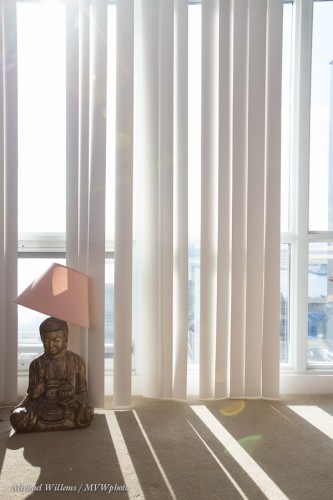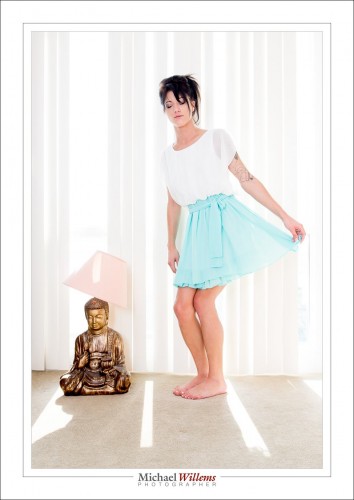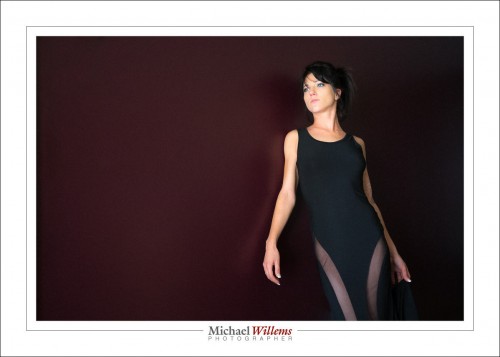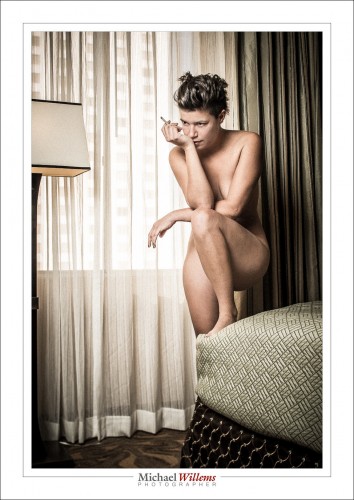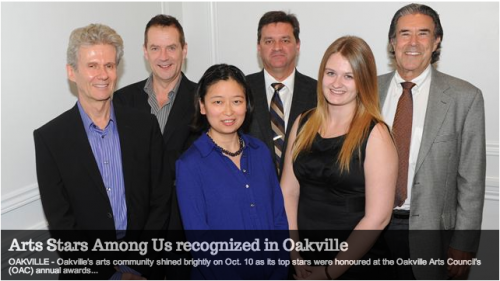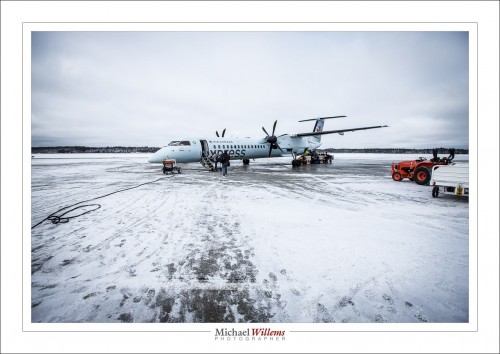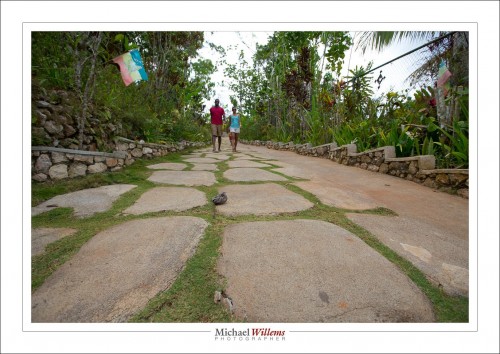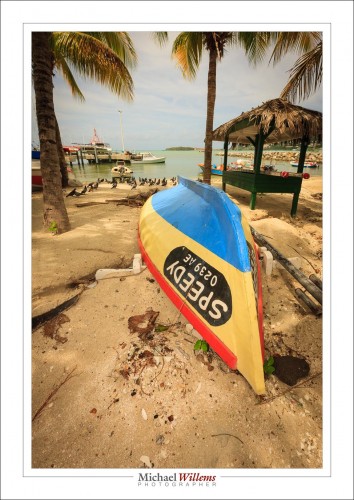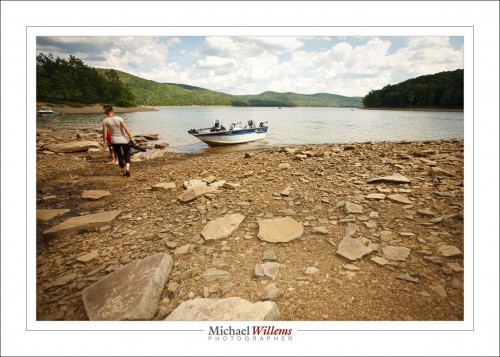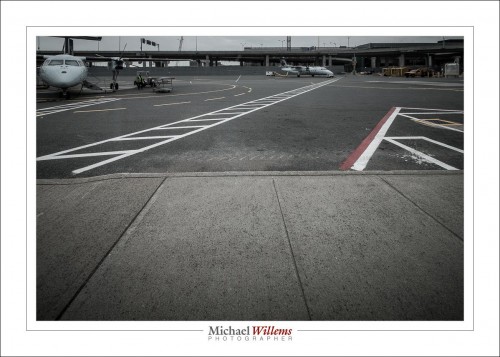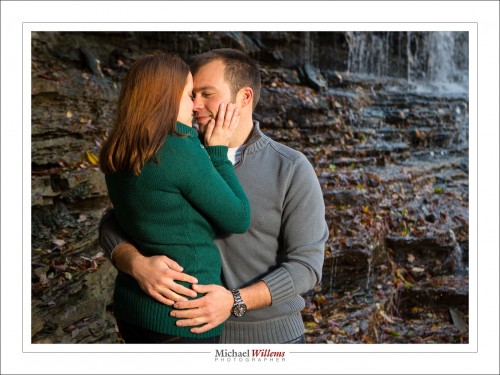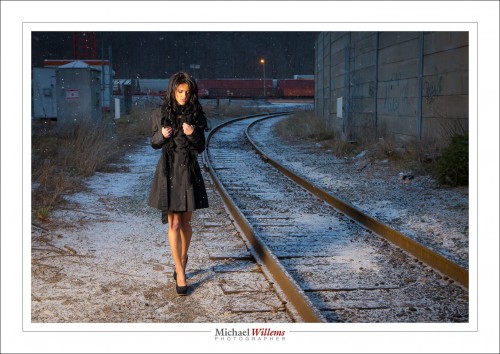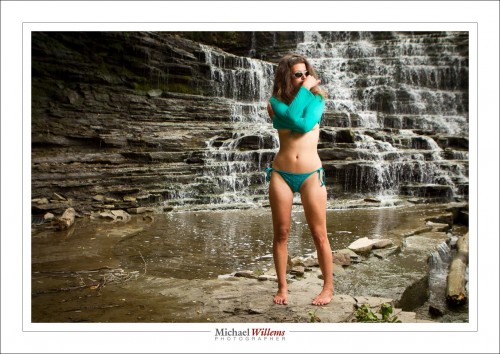A quick note for you this morning.
Those of you with a Fuji x100 camera: the new 2.0 firmware is out! Faster AF and a host of other little improvements. Go here for the download and details.
Those of you with a Mac and who also use the apps, namely Pages, Numbers and Keynote: for the love of God, do not upgrade. The apps are now dumbed down to be compatible with the iPad and iPhone. Gone is that newt inspector (it was genius). And worse: all your documents are likely to need reformatting, often expensive reformatting. I am not about to spend the next month fixing all my documents: thanks a bunch, Apple. And the apps are so dumb now, I may switch to MS apps (the horror), or just back to OpenOffice.
The moral of today’s post: be aware of all updates and upgrades to software and firmware, but apply them with some caution, perhaps after browsing for reactions. Apple ruined my work apps, the apps I use every day, and I, like many others, are far from pleased. The only reactions I have seen are entirely negative.
The Fuji upgrade, by the way, works fine. Fuji is always quietly plugging away at making things better. Take note.
Postscript: About the Apple apps: Ars Technica, for example. says: “with the Mavericks updates to the iWorks applications, Apple has gotten so aggressively user hostile that I’m rethinking some of my habits”. Read the article here.
Postscript: the good news? the new apps have an “export to v.09” option, and the old apps are still present on your Mac. There you go. Bye bye, new apps, until Apple fixes them.

